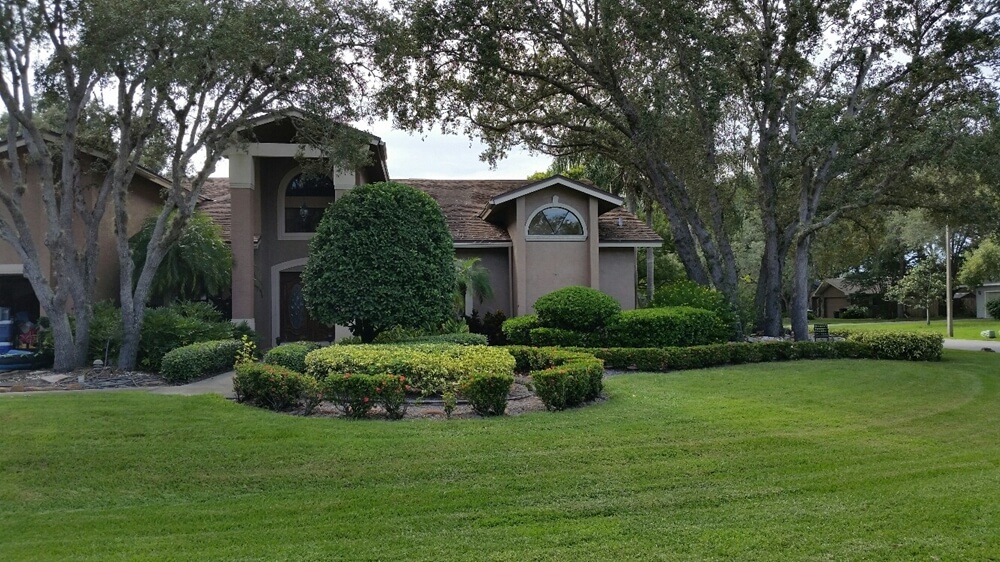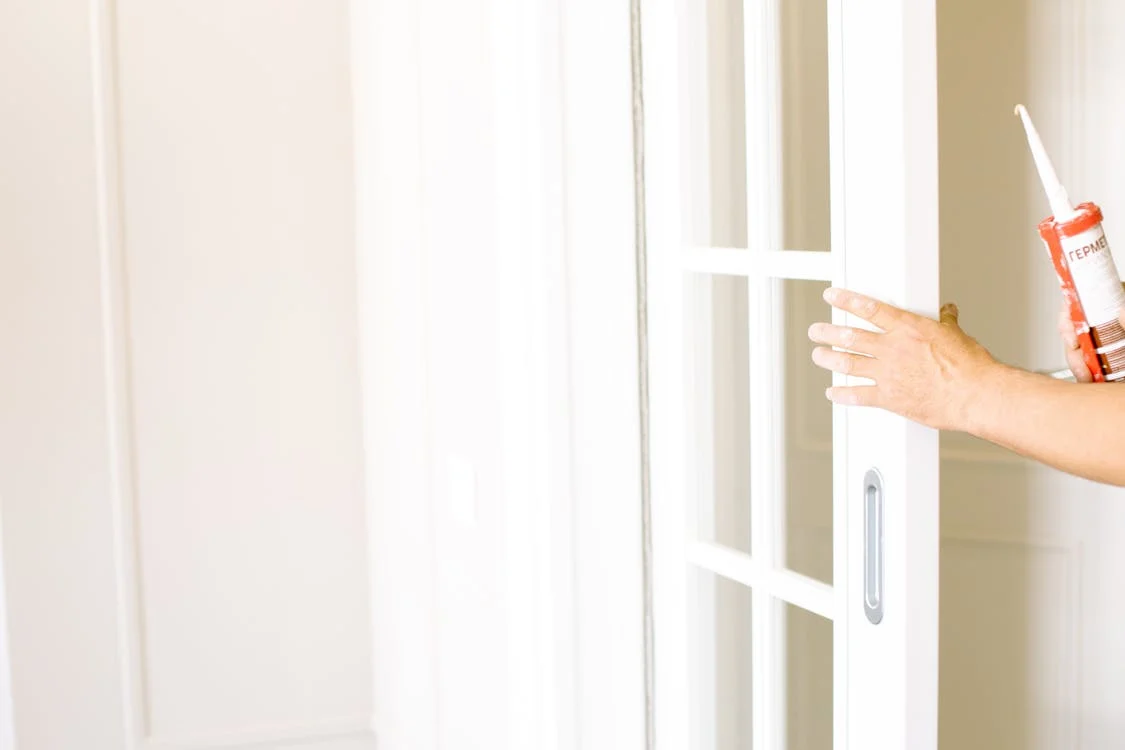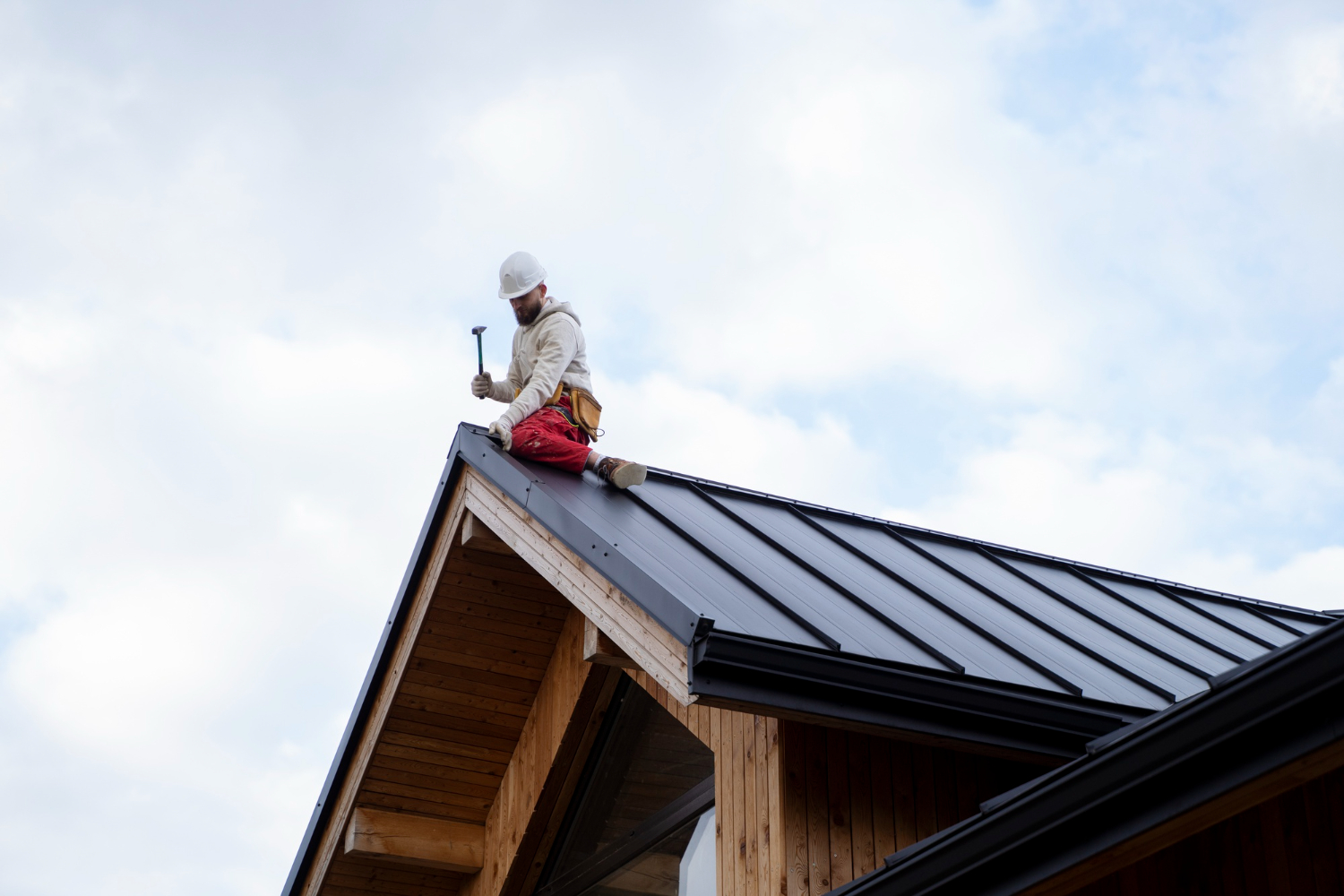By using our website, you agree to the use of cookies as described in our Cookie Policy
a
Rss Feed
5 Tips for Success When Renovating an Old Home
5 Tips for Success When Renovating an Old Home
Renovating an old home can be an exciting but challenging endeavor. Whether you’re restoring a historical property or updating an older house to fit modern needs, the process requires careful planning, patience, and a keen eye for detail. From budgeting to structural concerns, every aspect of the renovation must be approached strategically to ensure success. Below are five key tips to help you navigate the complexities of renovating an old home while preserving its charm and improving its functionality.
1. Assess the Home’s Condition Thoroughly
Before starting any renovations, it’s crucial to conduct a comprehensive assessment of the home’s current condition. This step helps identify potential issues that may affect the project’s timeline and budget. Hiring a professional inspector or structural engineer is highly recommended, as they can pinpoint problems that might not be visible to the untrained eye.
What to Look For:
- Foundation and Structural Integrity – Check for cracks, uneven floors, or shifting walls, which may indicate foundation problems.
- Roofing and Drainage – Assess the condition of the roof and ensure gutters and downspouts are functioning properly.
- Plumbing and Electrical Systems – Outdated wiring and plumbing can pose serious safety hazards and may require complete replacement.
- Mold and Pest Damage – Look for signs of mold, mildew, and pest infestations, particularly in basements, attics, and crawl spaces.
- Once you’ve identified potential issues, you can prioritize repairs and avoid unexpected surprises down the road.
2. Set a Realistic Budget and Timeline
Renovating an old home can often be more expensive than initially planned due to hidden costs that arise during the process. Setting a realistic budget is crucial to ensure you don’t run out of funds mid-project.
Budgeting Tips:
- Get Multiple Estimates – Obtain quotes from multiple contractors to get a better idea of costs.
- Allocate a Contingency Fund – Set aside at least 20% of your budget for unexpected expenses.
- Prioritize Needs Over Wants – Focus on essential repairs first before splurging on aesthetic upgrades.
- Consider DIY for Small Tasks – Doing some work yourself, like painting or demolition, can help save money.
Likewise, setting a realistic timeline will help manage expectations. Old homes often have unique construction challenges that can delay work. Be flexible and prepared for potential setbacks.
3. Preserve the Home’s Original Charm
One of the biggest advantages of renovating an old home is the opportunity to preserve its character. Architectural details such as crown molding, hardwood floors, and vintage doors add charm and value to the property. Instead of replacing these elements, consider restoring them to maintain authenticity.
Ways to Preserve Character:
- Refinish Original Hardwood Floors – Rather than installing new flooring, sanding and refinishing existing hardwood can bring it back to life.
- Restore Trim and Molding – Salvage and repair original woodwork instead of replacing it.
- Repurpose Old Fixtures – Antique doorknobs, sinks, and light fixtures can often be restored rather than discarded.
- Use Period-Appropriate Materials – When necessary, use materials that match the era of the home to maintain consistency.
Balancing modernization with historic charm will create a unique and timeless aesthetic.
4. Upgrade Essential Systems for Efficiency and Safety
While preserving the home’s character is important, upgrading outdated systems is equally essential for safety and comfort. Many older homes have inefficient heating, cooling, plumbing, and electrical systems that need to be updated to meet modern standards.
Key Upgrades to Consider:
- Electrical System – Older homes often have outdated wiring that may not support modern appliances. Upgrading to a new electrical panel and rewiring can prevent potential fire hazards.
- Plumbing System – Replace old pipes made of lead or galvanized steel to ensure clean and safe water.
- Insulation and Windows – Improve insulation and install energy-efficient windows to reduce heating and cooling costs.
- HVAC and Air Quality – If the home has an old HVAC system, upgrading to an energy-efficient model will improve indoor air quality and comfort.
- Air Duct Cleaning – Over time, dust, mold, and debris can accumulate in air ducts, affecting indoor air quality. Companies like Sanitair provide air duct cleaning services, ensuring a healthier living environment in old homes.
Investing in these upgrades will not only enhance the home’s safety but also make it more energy-efficient and comfortable for daily living.
5. Work with Professionals and Obtain Permits
While DIY renovations can be cost-effective for minor tasks, hiring professionals is essential for major projects, especially those involving structural work, electrical wiring, or plumbing. Professionals bring expertise and ensure the work meets building codes and safety standards.
Finding the Right Experts:
- Architects and Designers – If making structural changes, an architect can help with design and planning.
- Licensed Contractors – Ensure that the contractor is experienced in working with older homes.
- Specialized Craftsmen – For restoration projects, hiring specialists in masonry, woodwork, or stained glass may be necessary.
Additionally, always check with local authorities about required permits before starting renovations. Failure to obtain permits can lead to fines or issues when selling the home in the future.
Final Thoughts
Renovating an old home is a rewarding journey that requires careful planning and patience. By thoroughly assessing the home’s condition, setting a realistic budget, preserving its character, upgrading essential systems, and working with professionals, you can transform an aged property into a beautiful, functional, and safe living space. Whether you’re restoring a historic gem or simply updating an older home, these tips will help ensure a successful renovation that adds long-term value to your property.
‹ Back





.png)
